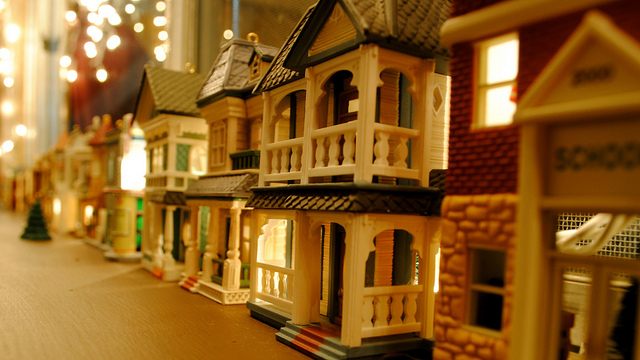
Category: Learning Center




Transforming homes: 3D printing venture into the architecture industry
May 22, 2014
No Comments
Read More »




Poly Lactic Acids (PLA) – Renewable Raw Material for 3D Printing
May 19, 2014
No Comments
Read More »
